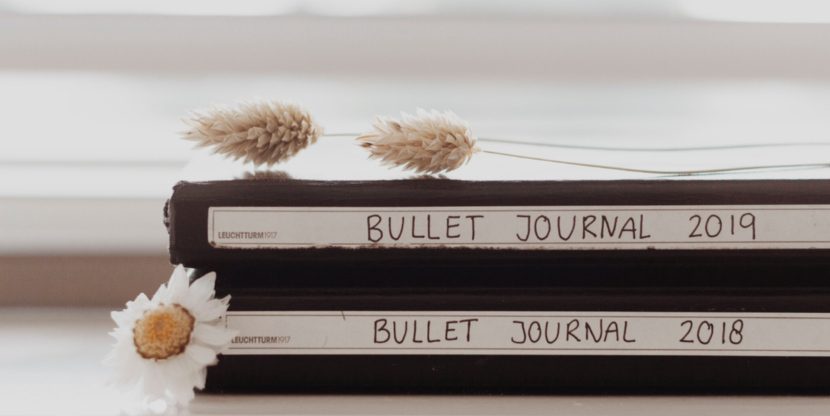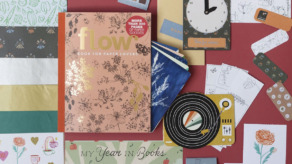Offline with your bullet journal

Loads of individual lists, an agenda, a creative outlet: A Bullet Journal (BuJo) is something that you create yourself. Flow’s intern Suzanne starts 2020 with a whole load of empty pages and looks at how she can fill them.
My life takes place mainly online. At university, I only use a laptop. When I’m at home, I’m either watching something on Netflix, cooing over cute dog videos on Facebook or chatting with my friends via WhatsApp. And then there’s Instagram, of course, where I regularly check in on what everyone else is doing.
Last Sunday evening, however, while scrolling through my Instagram timeline, I got a notification: ‘You averaged 3 hours and 12 minutes screen time per day last week.’ That’s almost a fifth of my day! I waste more than three hours per day watching movies and the lives of others. This has to change! So I decided to go offline more often. And that starts by spending more time on my Bullet Journal.
Now, I set aside one evening a week to it. During those hours I light candles, switch on some calm music and hang a ‘Do Not Disturb’ sign on my door. This is my offline moment; the time when I grab my fine-liner and start with the agenda.
Although I have one on my phone, I still use a paper version. I like structure and therefore prefer to write my appointments down on paper. And when I’m done with my homework, I cross a line through it on my list. Boring agendas are not my thing, which is why I use my own style in my BuJo.
Three hours later, my new month is finished and my desk is full of paper, stickers and washi tapes. Those three hours that I would normally have spent on my phone, I spent on my Bullet Journal. A week later, I get another message on my phone: ‘You averaged 2 hours and 4 minutes screen time per day last week.’







